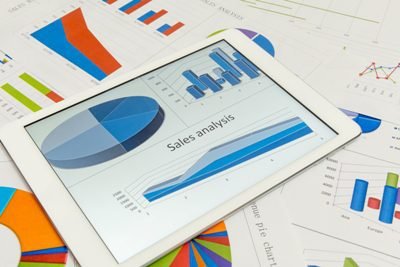People these days spend a considerable amount of time on platforms such as Facebook and Instagram giving details about their life whether it is personal or professional. We also end up making a lot of purchases online with our credit cards and debit cards. Now, people also make digital payments via UPI, which is known as Unified Payments Interface.
Social media companies make a great profit from surveillance capitalism, which comprises gathering sensitive data from users, curating algorithmic inferences about preferences, and then utilizing this data to target specific audiences with advertising.
Features found on Instagram’s app such as the Shop tab assists in furthering Surveillance capitalism. This has become an issue because social media platforms such as Instagram have now progressed from a mere video and photo sharing network service to an online commerce space.
Another factor that has helped in this metamorphosis is that many business enterprises and individuals with a business account use Instagram for exposure and to generate brand awareness. The business account option lets you boost your posts and account and create brand visibility.
The Role of a Credit Analyst
Generally, a credit analyst is a financial expert who determines the creditworthiness of individuals, companies, and securities. If you enroll in a credit analyst course, you will be taught how to evaluate if an individual can repay their financial obligations by going through their credit history. They come to this conclusion after determining the subject and or individual’s financial health and economic stability, if it is favorable for repayment.
In order to be a credit analyst, you will need to have a background in accounting, finance, and related fields such as a credit risk management or credit risk modeling course.
Credit Risk Management Courses
Credit risk management courses equip people with the skills to determine the probability of a loss in case a borrower fails to repay their debts. In credit risk management, the financial expert will come up with models in the attempt to mitigate a loss in the event of a financial institution's loan and capital loss at any given time.
Some best practices in credit risk are as follows:
- Constantly upgraded management models that last the complete life cycle of the model
- Real-time scoring and limits monitoring
- Strong stress-testing techniques
- The ability for data visualization
- Business intelligence tools to gather relevant information whenever and wherever required.
No career is ever complete without its share of challenges. Some likely ones that you may encounter are:
- Inefficient data management
The lack arising from accessibility issues with regard to data can cause delays and upset the smooth functioning of a system.
- Zero Group-wide Risk Mode
Without this, financial institutions will not be able to come up with effective and complicated risk measures.
- Reworks
Analysts face difficulty in coming up with model parameters frequently, which can lead to duplication and the bank’s productivity ratio.
- The Lack of Risk Tools
A robust risk solution is required to determine portfolio concentrations.
- Clumsy Reporting
With a huge amount of paperwork, spreadsheets tend to overwhelm analysts and burden them.
How Credit Analysts can Evaluate Applicant’s Credit Worthiness from Social Media
A credit analyst course can help you to assess the credit score of a business or individual by looking at their social media handles such as Instagram.
- Verify Information
The credit analysts can cross-check the credibility of information provided across all social media platforms. In case of inconsistency can raise suspicion.
- Social Media Presence
The extent of reach and duration a person has on their social media pages can help to arrive at a higher aggregation of data.
- Followers
The quality and quantity of followers that form the network of the business or individual can help to determine whether the business has a probability of success.
- Reviews and Testimonials
The reputation of the business or individual reflected in the testimonials and reviews can help to provide an idea of the journey of the subject so far.
- Response to Posts
By looking at the business’s post and the response they generate, the credit analyst can determine the reach and responsiveness of the business or individual and if they have any chance of converting potential audience into customers (in case it’s a business profile). An unresponsive social media account shows that the business does not value the audience.
For individuals and new businesses without a credit history, the social media account can account for a huge portfolio for determining your creditworthiness in the eyes of credit analysts.











